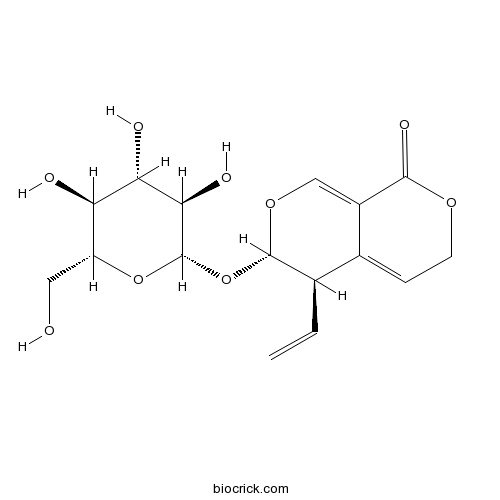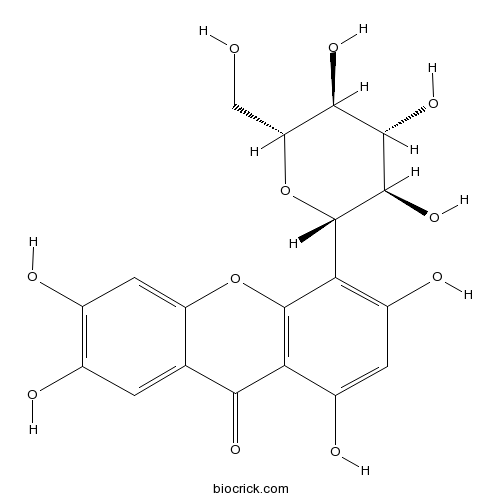Swertia chirayita
Swertia chirayita
1. The products in our compound library are selected from thousands of unique natural products; 2. It has the characteristics of diverse structure, diverse sources and wide coverage of activities; 3. Provide information on the activity of products from major journals, patents and research reports around the world, providing theoretical direction and research basis for further research and screening; 4. Free combination according to the type, source, target and disease of natural product; 5. The compound powder is placed in a covered tube and then discharged into a 10 x 10 cryostat; 6. Transport in ice pack or dry ice pack. Please store it at -20 °C as soon as possible after receiving the product, and use it as soon as possible after opening.
Natural products/compounds from Swertia chirayita
- Cat.No. Product Name CAS Number COA
-
BCN4909
Gentiopicroside20831-76-9
Instructions

-
BCN2661
Amarogentin21018-84-8
Instructions

-
BCN2528
Isomangiferin24699-16-9
Instructions

Production from both wild harvest and cultivation: The cross-border Swertia chirayita (Gentianaceae) trade.[Pubmed: 29960022]
Swertia chirayita is the most widely traded species in a genus of 150 species, many of which are used in traditional medicine. S. chirayita is used mainly in Ayurvedic and Tibetan systems of medicine and the homoeopathic system of medicine as well as in regional folk medicine. Primarily wild collected, with some cultivation. S. chirayita is traded as a medicinal substance and exported in the forms of dried whole plant or extract of whole plant individually and/or as active ingredients of Ayurvedic medicines. S. chirayita export valuations continue to make S. chirayita one of Nepal's highest foreign exchange earning medicinal plant species.
Phytochemical screening and antibacterial potential of Artemisia absinthium L., Swertia chirayita and Sphaeranthus indicus.[Pubmed: 29618441]
Utilization of herbs for medicinal purpose started in the early history of mankind several thousand years ago. In this study, some plants that are used for lowering cholesterol level in local areas of Pakistan, such as Artemisia absinthium L., Swertia chirayita and Sphaeranthus indicus were screened for their phytochemical and antibacterial properties. For this purpose, these plants were extracted in different solvents i.e. ethanol, hexane and ethyl acetate. Phytochemcial analysis unveiled the existence of different bioactive compounds in these extracts. Presence of sugars was further confirmed by performing TLC. Antibacterial activity was determined against indicated bacterial strains, among all extracts Gul-e-mundi had maximum inhibition zone (23mm). DPPH free radical assay revealed the significant antioxidative potential of all the extracts where Gul-e-mundi showed maximum potential i.e., 83%. Plant extracts were also showing anti-proliferative activity on root tips of Allium cepa and Gul-e-mundi was observed to have maximum antimitotic activity i.e. 5%. GC-MS analysis revealed that oleic acid and linoleic acid were the compounds responsible for imparting antibacterial potential to Gul-e-mundi. In conclusion, among all the tested extracts Gul-e-mundi had maximum antibacterial, antioxidative and antimitotic potential. For future studies, phytochemcials responsible for these activities can be isolated and modified for pharmacological purpose.


